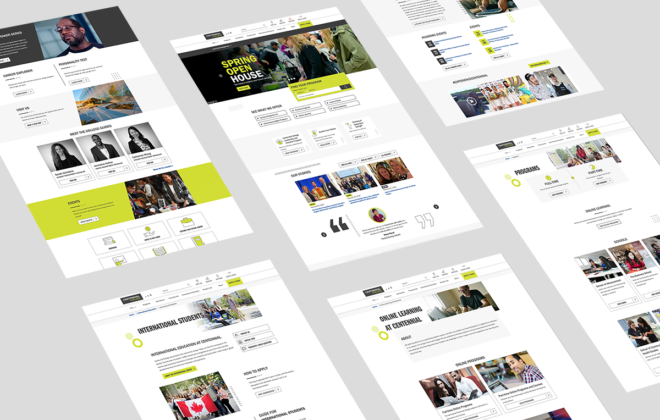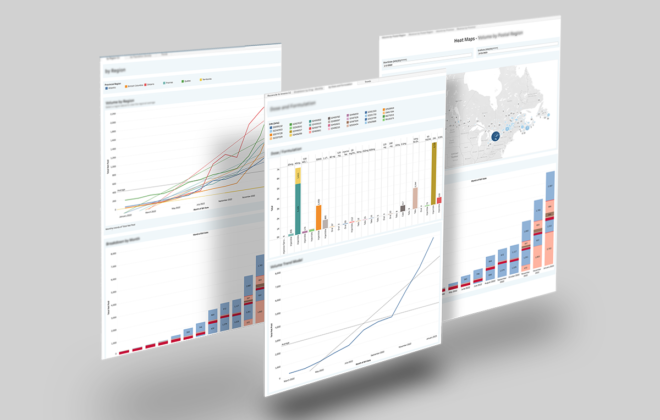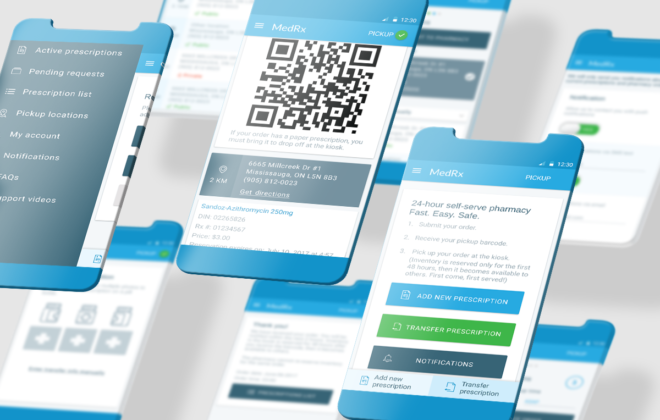Implementing a Financial Assistance Management System for Pharmacists
Problem:
A healthcare company faced a challenge in managing and adjusting patient financial assistance amounts for patients taking their medications. The manual process of adjusting financial assistance amounts was time-consuming, error-prone, and lacked transparency for both pharmacists and patients.
Solution:
The company partnered with Soulfx to develop a financial assistance management system (FAMS) that would streamline the process of managing and adjusting financial assistance amounts. The FAMS integrated with the company’s existing pharmacy management system and allowed pharmacists to manage financial assistance amounts for patients in real-time.
Implementation:
The FAMS was designed to be user-friendly for pharmacists and patients. Pharmacists could access the FAMS through their existing pharmacy management system, and patients could access the FAMS through a web portal or mobile app.
Pharmacists could manage financial assistance amounts for patients by making adjustments based on patient income, insurance status, and other factors. The FAMS also allowed pharmacists to track the changes they made to patient financial assistance amounts, providing a clear history of the changes made.
Patients could access their financial assistance amounts through the web portal or mobile app and could see how much financial assistance they were eligible for. Patients could also see the changes made to their financial assistance amounts by pharmacists and track their progress towards reaching their financial assistance goal.
Outcome:
The implementation of the FAMS resulted in significant improvements in the management of patient financial assistance amounts. Pharmacists were able to adjust financial assistance amounts in real-time, reducing the time it took to make changes from days to minutes. The FAMS also provided pharmacists with a clear history of the changes made to financial assistance amounts, reducing the risk of errors and providing transparency for both pharmacists and patients.
Patients were also able to access their financial assistance amounts more easily, reducing the time it took to understand their financial assistance status. Patients could also track their progress towards reaching their financial assistance goal, providing them with a better understanding of their financial situation.
Conclusion:
The financial assistance management system was a major success for the pharmaceutical company, allowing pharmacists to manage and adjust patient financial assistance amounts in a more efficient and transparent manner. The FAMS also provided patients with a better understanding of their financial assistance status, reducing the time it took to understand their financial situation and providing them with a clear path towards reaching their financial assistance goal. The FAMS was an important step towards improving patient outcomes and supporting patient adherence to their medications.






